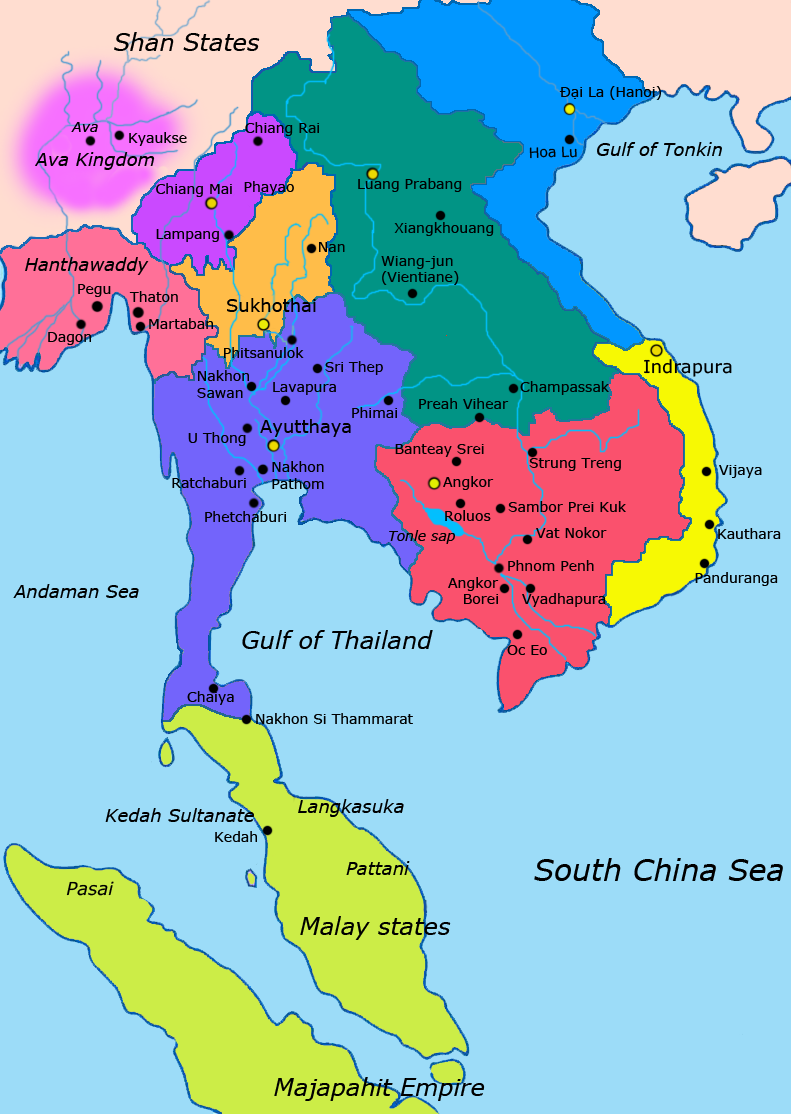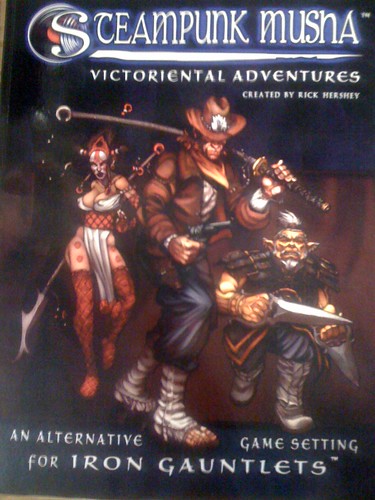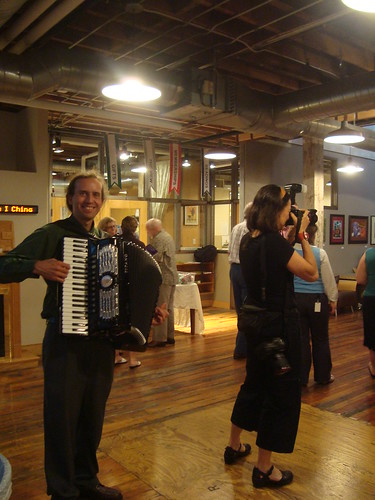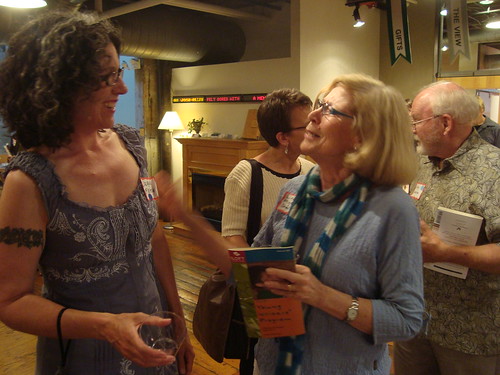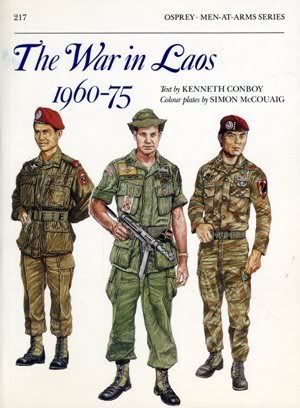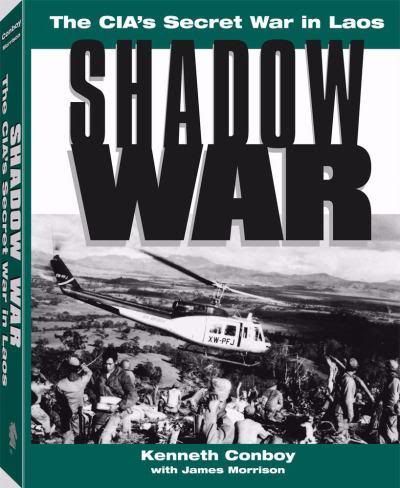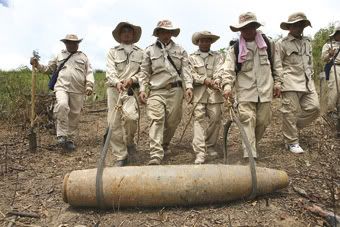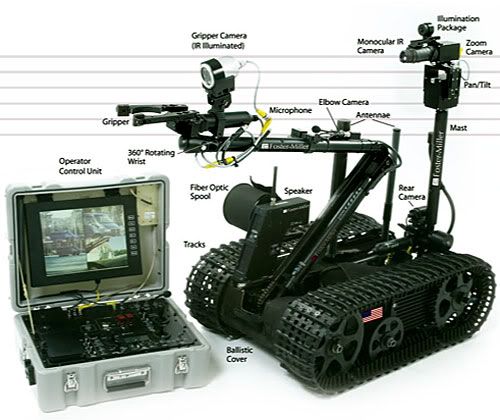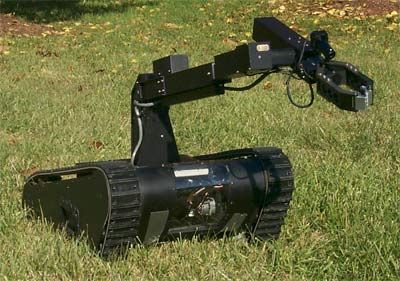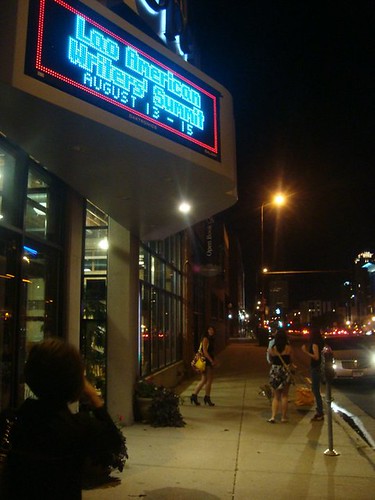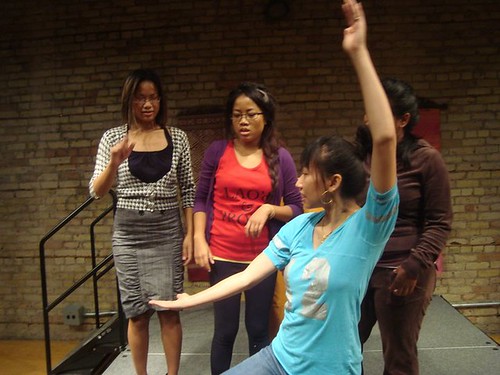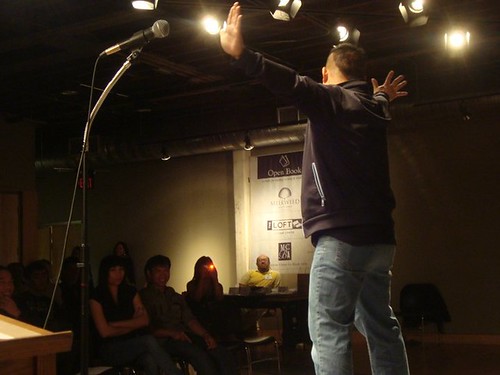These changes range from new dialogue of Darth Vader shouting "No, Nooooooo!" ruining a classic moment of cinema to Obi Wan Kenobi making an even more ridiculous version of the Krayt Dragon call than in the original.

Obviously this is not the first time, nor likely the last, that Lucas will tinker with the series. But it got us to thinking about what 5 scenes each of us would have added, improved or restored instead within the original trilogy.
My five:
5) Biggs Darklighter: http://www.youtube.com/watch?v=QG36hu5wQYY
Biggs Darklighter was Luke's best friend on Tatooine, who is also seen getting killed later during the attack on the Death Star. While this scene was deleted because it is a little slow compared to the rest of the film, it still builds a relationship that demonstrates Luke didn't just grow up in a vacuum consisting only of droids and Uncle Owen and Aunt Beru.
To that end, I also consider the scene at Toshi Station where Luke meets with Biggs and his other friends Fixer and Cami an additional lamentable exclusion.
http://www.youtube.com/watch?v=5t6xCVk7Q1E
4) The human Jabba. http://www.youtube.com/watch?v=3642rswxQsw
While not strictly necessary, retaining the footage of the human Jabba as the 'visible' public face of the Hutt syndicate could make for a far more interesting back-story.
Some juggling would have to be done in Return of the Jedi to the effect that most people never really knew what Jabba the Hutt really looked like, and to have found their way to the REAL Jabba makes for a bigger jaw-dropper. Plus, it would increase the implied menace of those we see in Jabba's court and inner circle who were trusted to know who the real power was.
Or barring this, at least restore the original Sy Snootles song, Lapti Nek, instead of the ridiculous Jedi Rocks.
3) Wampa Attack http://www.youtube.com/watch?v=mCv6XZFf9tk
Among the many great scenes to restore or update is one from the battle for Hoth.
Earlier, it was established that the rebels had locked a number of wampas in a storage bay and never gotten around to addressing the problem. Once the rebel base starts getting overrun by Vader's elite 501st Stormtrooper Legion, C-3P0 buys everyone some time by removing the warning sign. Stormtroopers come along and open the door. They get a big, furry, pissed-off surprise.
Of course, sadly filed firmly under 'never going to happen' is Lucas bothering to use all of that CGI technology to change the Ewoks of Endor to the Wookies they were originally intended to be.
2) Han shoots first. http://youtu.be/YGpuM_VJDQ4
In Lucas' revisions, the bounty hunter Greedo shoots first. There's extensive debate that's raged on over the years. When the smuggler Han Solo shoots first, rather than in clear-cut self-defense, we see an essential, ruthlessly mercenary element of his character. This is part of his growth, and later changes far more interesting.
In Mos Eisley, a 'wretched hive of scum and villainy,' you're not going in to find the honorable, but the expedient. That Solo changes so much along the way is almost more interesting than either of the Skywalkers' journeys.
1) Give Chewbacca a medal! http://www.youtube.com/watch?v=sraqNvbC7oo
At the end of "A New Hope" our heroes have blown up the Death Star. We all know Chewbacca was the one who probably guilt tripped Han Solo into going back to help Luke. And yet, if you watch closely, hey, Han and Luke get medals, but not the Wookie? That's just wrong.
Which scenes would you add, improve or restore?

